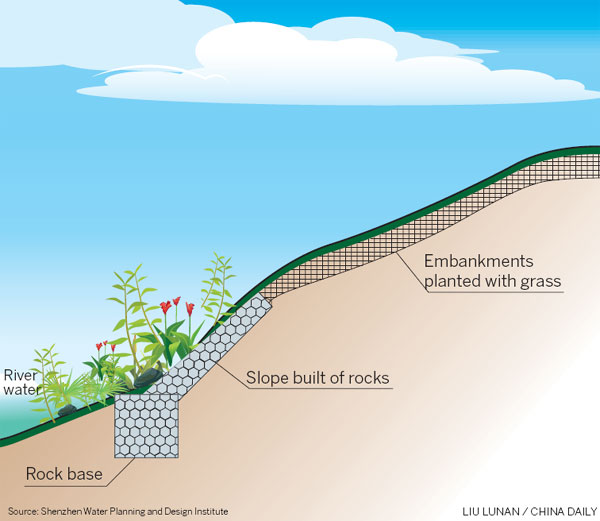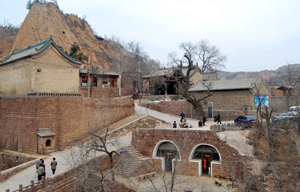Saving urban water
The 7-km-long Futian River became dark and smelly. Neither fish nor shrimp were visibly apparent and passers-by held their breath and quickened their steps.
So what was the catalyst behind this extraordinary change from dirty sewer to sparkling waters?
"Taking lessons from other countries, such as Japan and Singapore, we combined our studies in water conservancy engineering, environmental engineering, biological science, eco-science, urban planning, landscape and gardening, and created a plan of comprehensive improvement for Futian River," says Zhu Wenbo, deputy director of the Shenzhen Water Planning and Design Institute and the man behind this metamorphosis.
That was the short answer.
The longer version involved 10 years of planning and plotting and the desperate conviction that if something was not done, the city was going to lapse into eco-disaster.
Zhu says the highly concentrated land use in the past had placed the river system in a tightening vice, and drastically reduced its hinterland. Initially, water conservancy engineering was targeted only as a means of flood control and wastewater discharge.
As a result, the ecosystem of the river was severely disturbed, even destroyed.
Under Zhu, the institute was commissioned to revive the natural functions of rivers, both natural and social, and to reshape the harmonious relationship between the river courses and the residents of the city.
The institute's aims were to recover the river's ecological and social environmental functions to improve Shenzhen's living habitat, and by direct relation, the city's competitiveness as a venue for investment. They also needed to make sure all solutions were sustainable.
In 2009, the Shenzhen Futian River project was launched.
First, reservoirs for flood discharge and culverts to divert overflow were built along the main course.
Unlike other cities which often neglect rainwater, Shenzhen channeled surface wastewater into sluiceways, and built a sewage control tank in the pluvial area of the Futian River.
Related:
The transformation of the Futian River
It took three years from 2008 to 2011 to fully complete the eco-salvage of the Futian River, including planning and all civil engineering work. More...
| Big problems in smallest room |





















